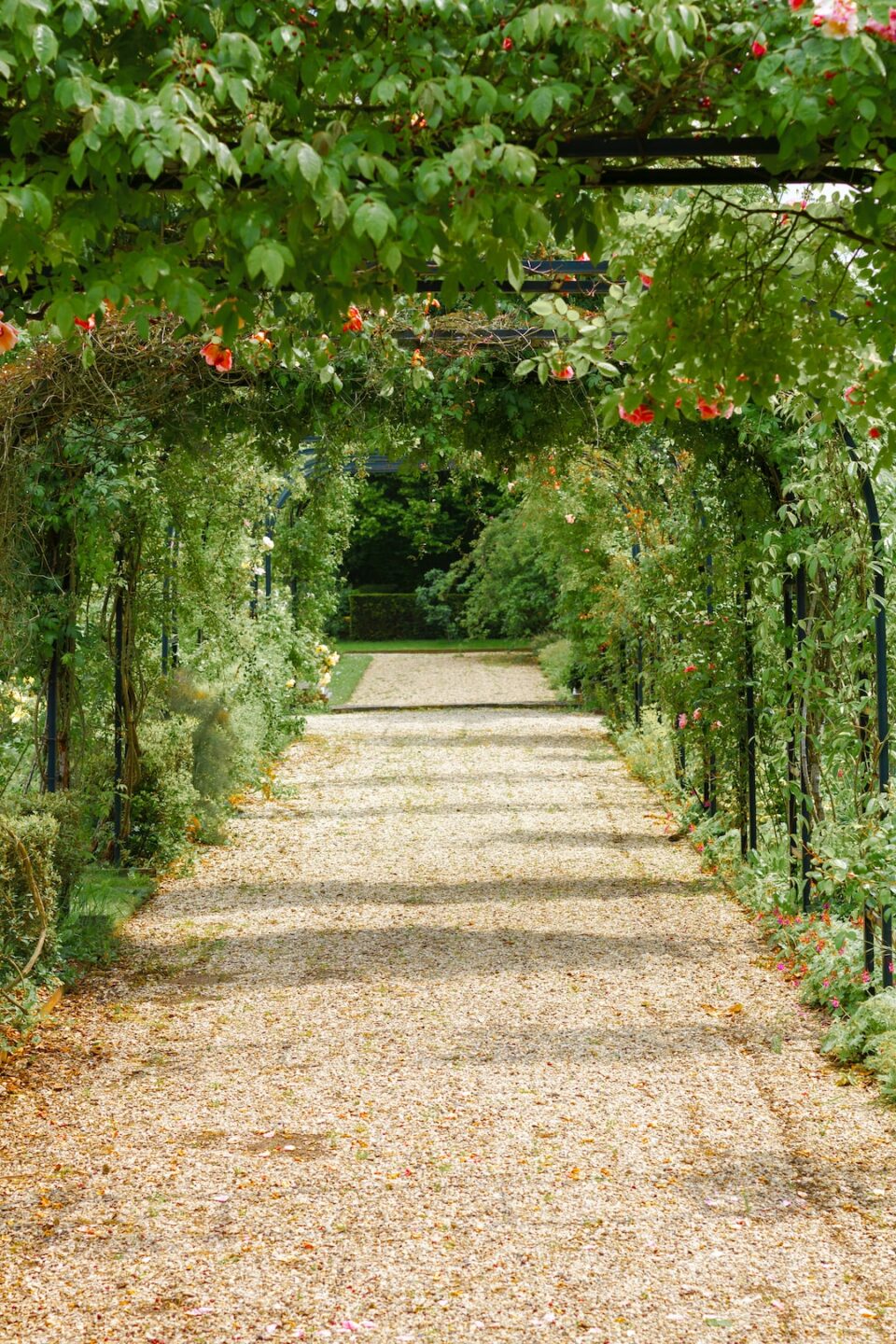The Science Behind Germination: Understanding How Seeds Grow
Have you ever wondered how a tiny seed transforms into a beautiful plant or tree? The process of seed germination is nothing short of a miracle. Seeds hold within them the potential for new life, and under the right conditions, they can sprout and grow into a variety of plants. But what exactly happens during germination? Let’s dive into the science behind this fascinating process.
Germination is the process through which a seed develops into a seedling and eventually a mature plant. It begins with the availability of water, warmth, and oxygen. When a seed is exposed to these favorable conditions, it awakens from its dormant state and starts the process of germination. Water is absolutely crucial for germination to occur since it helps dissolve the seed’s stored food, making it available for the growing embryo to use as a source of energy.
The first visible sign of germination is the emergence of a tiny root called the radicle. The radicle is the embryonic root of the plant, and its primary function is to anchor the seedling into the soil and absorb water and nutrients from the surrounding environment. As the radicle grows, it establishes a proper root system, ensuring the plant’s stability and access to essential resources.
Simultaneously, the upper part of the seedling also starts to develop. It is in this region that the embryonic shoot, known as the plumule, is formed. The plumule will eventually give rise to leaves and stems, allowing the plant to photosynthesize and grow towards the sunlight. Phototropism, a plant’s ability to grow towards light, plays a crucial role in the orientation of the emerging seedling.
Growth factors such as temperature and light intensity play significant roles in seed germination. Different plant species have specific requirements for optimal growth, making each germination process unique. Some seeds need a period of chilling, known as stratification, to break their dormancy and prepare for germination. Others require specific temperatures or light conditions to trigger the germination process. These adaptations ensure that seeds germinate in favorable conditions, maximizing their chances of survival.
The germination process also involves metabolic changes within the seed. As the seedling grows, it gradually transitions from relying solely on stored food to generating its energy through photosynthesis. The cotyledons, which are present in many plants, play a vital role in this transition. These specialized structures contain stored nutrients that are used by the seedling until it can produce its food. Once the seedling develops true leaves, the cotyledons wither away as their purpose is fulfilled.
Seed germination is an intriguing combination of biological processes, including the activation of enzymes, cell division, and elongation. The activation of enzymes helps break down complex compounds into simpler forms, facilitating their absorption by the growing plant. Cell division and elongation enable the seedling to increase in size and complexity.
The success of germination is not guaranteed for every seed. Some factors can hinder or prevent germination altogether. These include insufficient water availability, extreme temperatures, poor soil conditions, and diseases. Furthermore, competition with other plants for resources can also influence a seed’s ability to germinate and grow successfully. These challenges are part of nature’s selection process, ensuring that only the most adapted and resilient seeds survive.
Understanding the science behind germination not only deepens our appreciation for the wonders of nature but also has significant practical implications. Manipulating germination conditions, such as changes in temperature, light, and watering, can be crucial in agricultural practices. Farmers can use this knowledge to optimize crop production and ensure better yields.
In conclusion, the process of seed germination is a complex and fascinating journey. From the activation and growth of the radicle to the development of leaves and stems, seed germination is a fundamental step in the life cycle of a plant. By understanding the underlying science, we can appreciate the intricacies of this process and utilize it to our advantage in various fields. Seeds truly hold the power to unlock new life, making them an incredible symbol of hope and growth.

